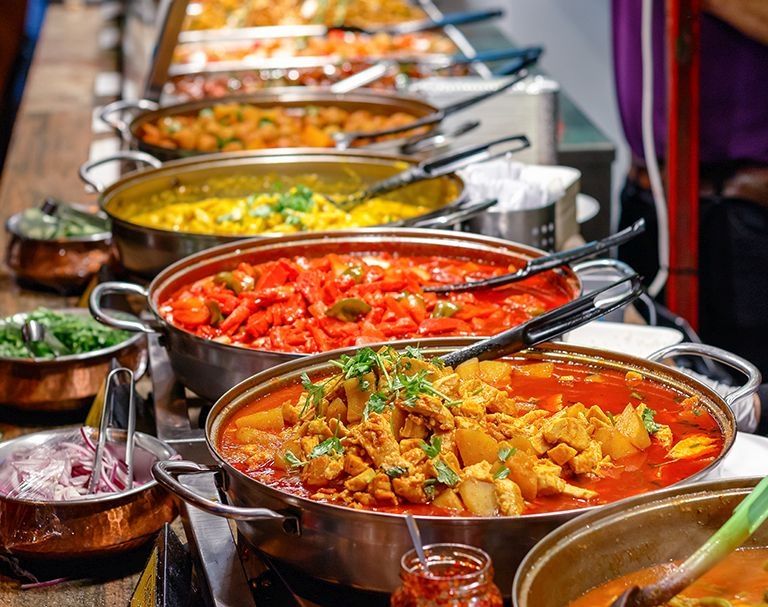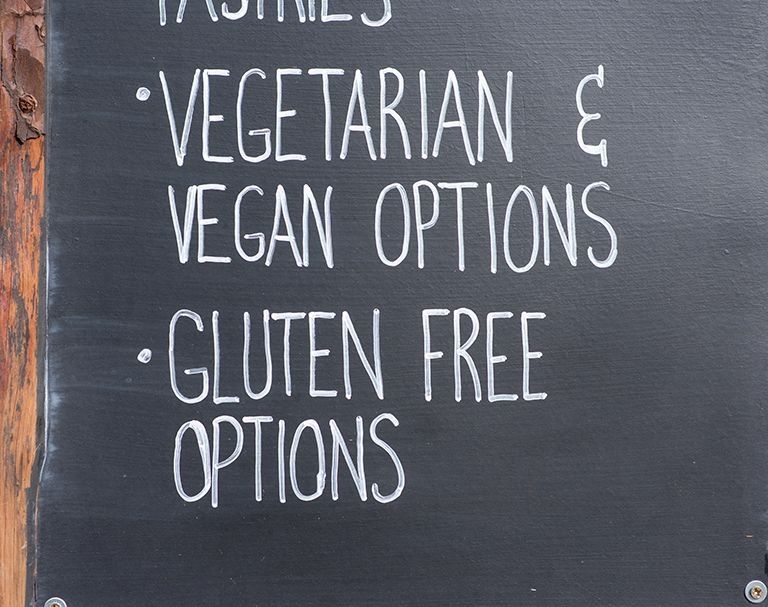A Guide to Studying or Interning Abroad with Dietary Restrictions
Eating your way through your new city is a big part of the study abroad or global internship experience. But if you have dietary restrictions, you might not be able to enjoy certain plates. For instance, if you’re lactose intolerant, your stomach might not agree with Copenhagen’s impressive variety of cheeses. If you’re vegetarian, you probably won’t appreciate a juicy steak in Buenos Aires. And if you’re gluten-free, you’re going to miss out on the taste of a warm baguette in Paris.
Dietary restrictions like these can put a damper on your travels, but don’t let them dissuade you from studying abroad! Here are a few ways you can still enjoy incredible food:
SELECT YOUR CITY OF CHOICE ACCORDINGLY
If dietary restrictions play a big role in your decision to study abroad, consider your destination carefully. Larger cities such as Shanghai, Rio de Janeiro, or Amsterdam will have plenty of restaurants for even the strictest diet. However, more remote areas like Monteverde or Cusco will probably have fewer options for dining out.
NOTIFY YOUR STUDY ABROAD ADVISOR
Your Study Abroad Advisor will request important medical information from you during the pre-departure process to ensure your safety abroad. Use this opportunity to relay any special dietary restrictions you have so the CIEE team can best accommodate you.
COMMUNICATE WITH YOUR FLIGHT ATTENDANT
Flight staff are experienced handling passengers’ dietary restrictions. Upon boarding the plane, let your flight attendant know so s/he can best serve you.
INFORM YOUR HOST FAMILY
If you’re living with a host family abroad, you’ll typically enjoy home-cooked meals. Your host parents will want to share their favorite recipes with you! Politely inform them of any dietary restrictions you have ahead of time, so they can modify their meals accordingly.
CREATE AN ALLERGY CARD
Learn how to communicate your dietary restrictions in your host country’s language. If you’re concerned about information getting lost in translation, use Google Translate to create an allergy card outlining your restrictions. It will come in handy when you’re ordering food at foreign restaurants.
PREPARE YOUR OWN MEALS
If the risk is too great, you might be better suited to cook for yourself. Explore local markets for foods you can prepare on your own. Expect that there will be differences in products abroad. For instance, peanut butter can be difficult to find in Europe and it is also more expensive. Save a few dollars by packing a jar in your checked luggage.
FIND PLACES THAT WILL CATER TO YOUR NEEDS
Before assuming restaurants in Italy exclusively serve pasta with gluten, do your research. Gluten-free, vegetarian, and dairy-free diets are common in many parts of the world. A world-renowned restaurant in Rome could very well have a menu dedicated to gluten-free plates. If they don’t, this could be your opportunity to travel off the beaten path and discover restaurants only the locals know about. Take a chance! You might find the most divine little spot that offers food you can safely enjoy.
Ready to enjoy food abroad? Explore programs!



